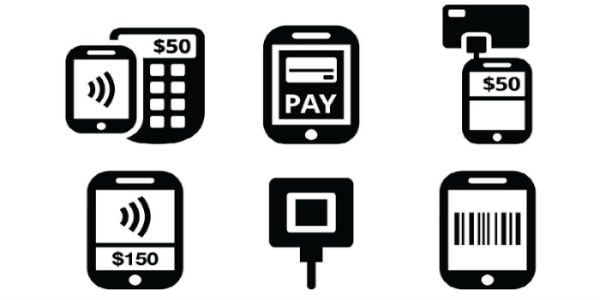EMV 101: Understanding the new landscape

PSCU’s EMV card deployment began in 2011, supporting the movement to adopt EMV technology in the United States, when the CUSO became one of the first in the Credit Union industry to offer plastics that incorporate EMV technology. In 2014, innovators and early adopters began to lead the way in implementing EMV technology for debit cards. In 2015, the majorities followed suit and joined the EMV technology revolution in the United States. And in 2016, consumers, businesses and credit unions who aren’t utilizing EMV chips will be behind the times, and face a higher risk of incurring losses from fraudulent card transactions.
The beginning of October marks a liability shift in card fraud, as established by the Card Associations. The issuer currently covers any losses resulting from the transactions, but after October 1, the party that isn’t supporting EMV technology will be liable for the fraudulent purchases. In 2017, this policy will extend to automated teller machines and fuel dispensers at gas stations.
As the United States payment card industry moves away from magnetic-stripe cards to ones that utilize EMV chips, it’s vital to have systems and processes in place to help financial institutions navigate the transition. Now that EMV is here to stay, the following information will help get you up to speed:
What does EMV stand for?
EMV is an acronym for its developers – Europay, MasterCard and Visa. Essentially, it’s the world’s standard for exchanging data between chip-based payment cards and point-of-sale terminals.
What is a chip card?
A chip card, or “smart card,” has a microchip embedded into the credit or debit card, which is encrypted to provide stronger security and protection against fraud. EMV cards are the same size and thickness as standard magnetic-stripe cards.
How does it work?
The new card reader will prompt you to insert your card into a slot on the terminal instead of swiping it. Once you insert your card, the reader will take a few seconds to process as this method enables the card to communicate directly with the terminal. In addition, nearly all cards also have a magnetic stripe for use at terminals that have not yet adopted the EMV system.
Are EMV transactions more secure?
Yes, EMV cards store payment information in a secure chip rather than on a magnetic stripe, and the personalization of EMV cards is done using issuer-specific keys. Unlike a magnetic-stripe card, it’s virtually impossible to create a counterfeit EMV card that can be used to conduct an EMV payment transaction successfully.
Where has EMV been adopted?
EMV has been implemented in more than 80 countries worldwide, with approximately 1.5 billion EMV cards issued globally and 21.9 million point-of-sale terminals accepting EMV cards at the end of 2011. In 2011 and 2012, American Express, Discover, MasterCard and Visa all announced plans for moving to an EMV-based payments infrastructure in the United States.
Should credit unions adopt EMV?
Absolutely. The system not only represents a more secure future for card payments, but also promises to reduce card fraud and counterfeiting. According to global payment technology solutions company First Data, more than half of all fraudulent card transactions happen in the United States, and losses due to credit card fraud are expected to top over $10 billion in 2015 alone. In addition, credit card fraud rates have doubled in recent years, representing 10 cents out of every $100 transacted.
PSCU recently partnered with First Data to enable our member-owner credit unions across the country to issue debit cards with EMV technology to their members. With this solution, credit union members will be primed to take advantage of the fraud prevention advancements that EMV offers and have peace of mind that their credit unions are focused on securing their data.

